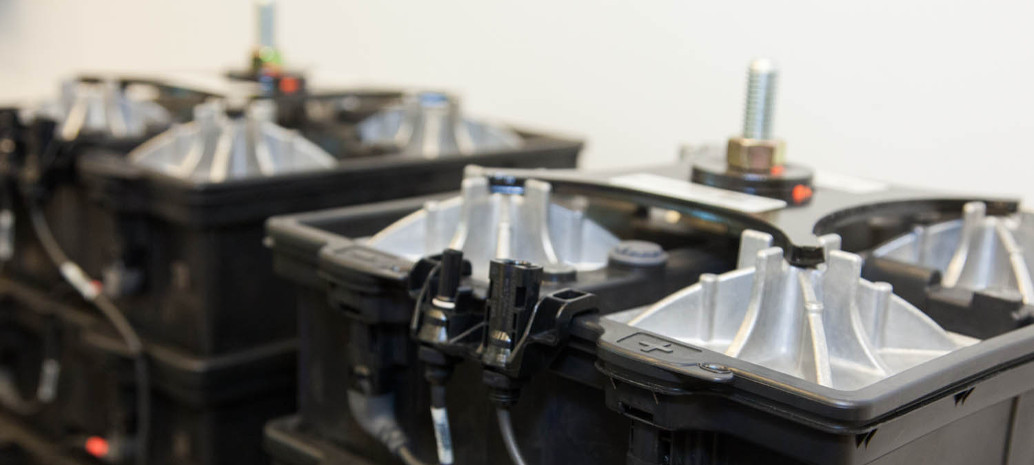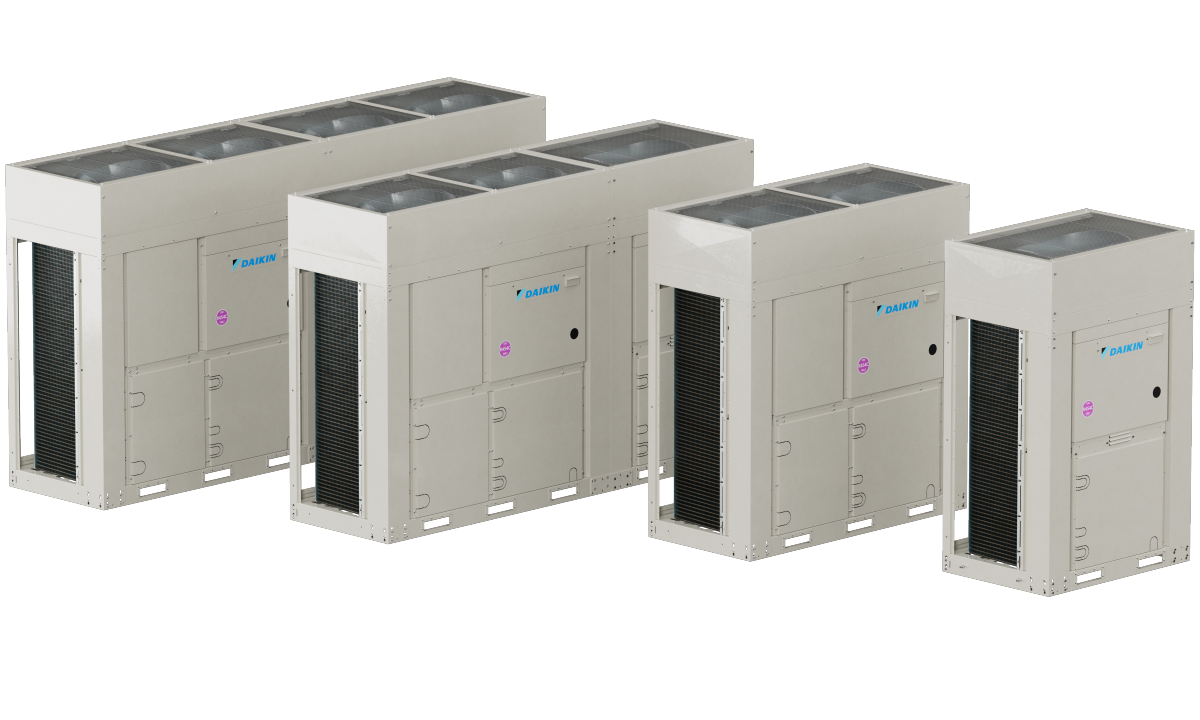In any emerging market, what you see will often be affected by the timeframe that you look at. In the case of the U.S. energy storage market, Q4 2017 was lackluster, with a 57% year-over-year decline in megawatt-hours (MWh) of energy storage deployed, to only 77 MWh.
But if you focus on that, you may not see the forest for the trees. GTM Research and the Energy Storage Association’s latest Energy Storage Monitor report finds that over the past four years 1,080 MWh of energy storage has been deployed, and it expects this to more than double next year.
And when we say “energy storage”, we really mean batteries, as lithium-ion battery technology has been the leading technology every quarter, making up 99% of deployments in Q4 2017.
“We’re going to have to strike the word ‘nascent’ from our vocabularies when describing the U.S. energy storage market,” states Ravi Manghani, GTM Research’s director of energy storage.
The research company says that the market is beginning to sharply take off, citing a number of policy and market drivers, most significantly the Federal Energy Regulatory Commission’s recent ruling, which will require grid operators to design compensation for the services that energy storage can provide and open markets to its participation.
Segments, geographies and duration
Overall, the U.S. energy storage market grew 27% in 2017, with massive deployments in both Q4 of 2016 and Q1 of 2017, as Californian utilities deployed energy storage to make up for lost capacity, due to the Aliso Canyon leak.
But despite this big procurement and progress at the Federal Energy Regulatory Commission (FERC), the needle is moving more towards behind-the-meter storage. From 2016 to 2017, this segment grew 79%, for which GTM Research and ESA primarily credit California’s Self Generation Incentive Program (SGIP).
However, the recent Private Letter Ruling, which the IRS issued clarifying that residential energy storage retrofits to accompany solar generation can qualify for the full 30% federal Investment Tax Credit (ITC) won’t hurt either.
And progress is not limited to California. During the year, Texas put on the most battery capacity, as measured by megawatts. Additionally, GTM Research notes policy developments in a number of states.
Finally, the report finds that batteries are moving to longer durations, which may be a result of a slow-down in the frequency regulation market in the PJM Interconnection grid, and a move to other applications including load shifting in California, Hawaii and other states that have ample daytime solar and a need to meet evening demand.
Dollars and cents
But while policies that both incentivize energy storage and create conditions for system owners to get paid for providing services are both critical, this is not the only factor driving the success of energy storage. In a separate report released last month, GTM Research found that even as large-scale battery system price declines are slowing, they still fell 15% last year, and will fall again 11% in 2018.
With ongoing reductions in both balance of systems and the batteries themselves, GTM Research expects system prices for large, 4-hour batteries to fall from $1,678 per kilowatt in 2017 to only $1,080 per kW in 2022. As the costs for such systems have declined an estimated 64% over the past five years, such a decline would mean a more than four-fold fall in prices over a 10-year period.
Similar to solar, the rapid fall in battery prices mean that balance-of-system (BOS) costs are becoming a larger component of system prices, with GTM Research estimating that this will hit 44% of total system costs for large 4-hour batteries some time this year.
Additionally materials costs – notably nickel and cobalt – may constrain battery price declines in future years, putting more pressure on reductions in BOS.
This content is protected by copyright and may not be reused. If you want to cooperate with us and would like to reuse some of our content, please contact: editors@pv-magazine.com.



By submitting this form you agree to pv magazine using your data for the purposes of publishing your comment.
Your personal data will only be disclosed or otherwise transmitted to third parties for the purposes of spam filtering or if this is necessary for technical maintenance of the website. Any other transfer to third parties will not take place unless this is justified on the basis of applicable data protection regulations or if pv magazine is legally obliged to do so.
You may revoke this consent at any time with effect for the future, in which case your personal data will be deleted immediately. Otherwise, your data will be deleted if pv magazine has processed your request or the purpose of data storage is fulfilled.
Further information on data privacy can be found in our Data Protection Policy.